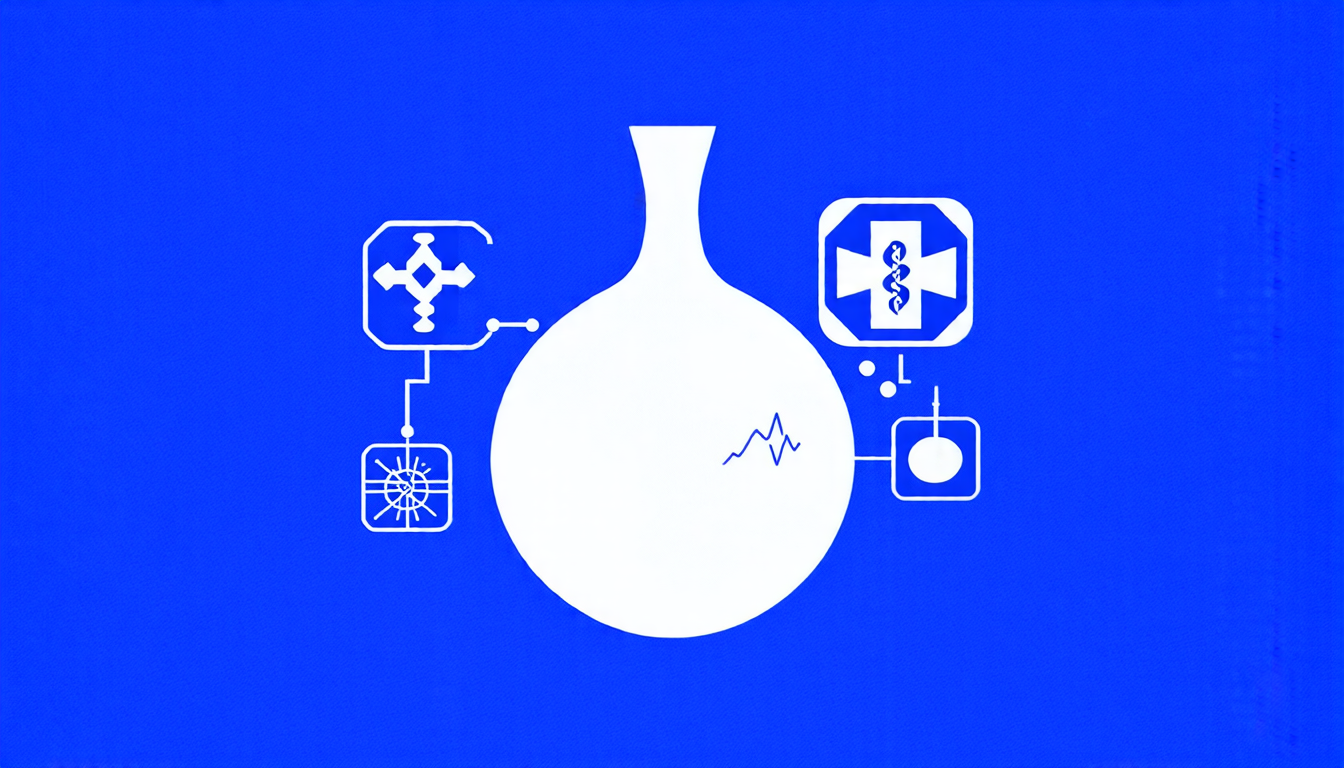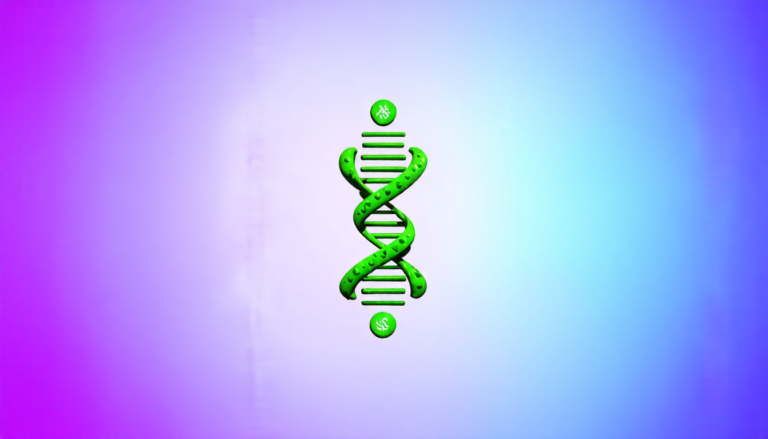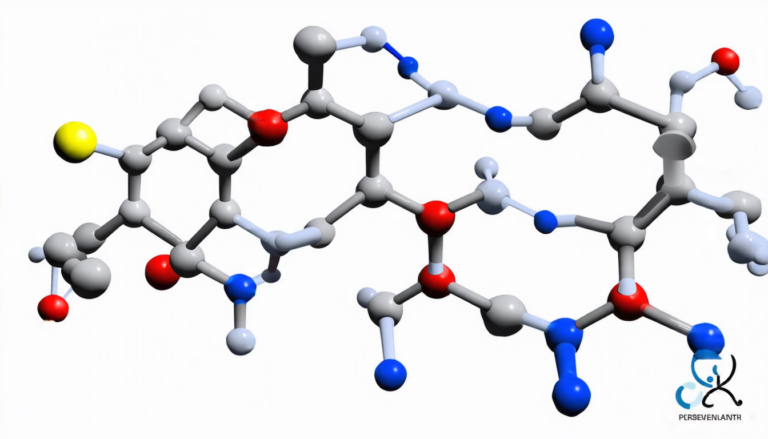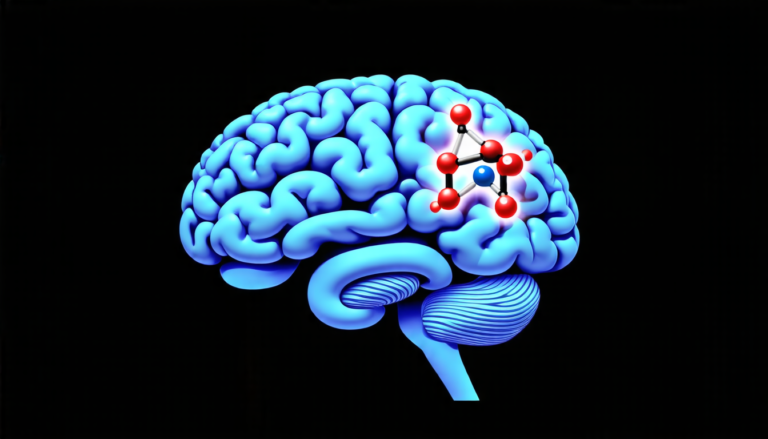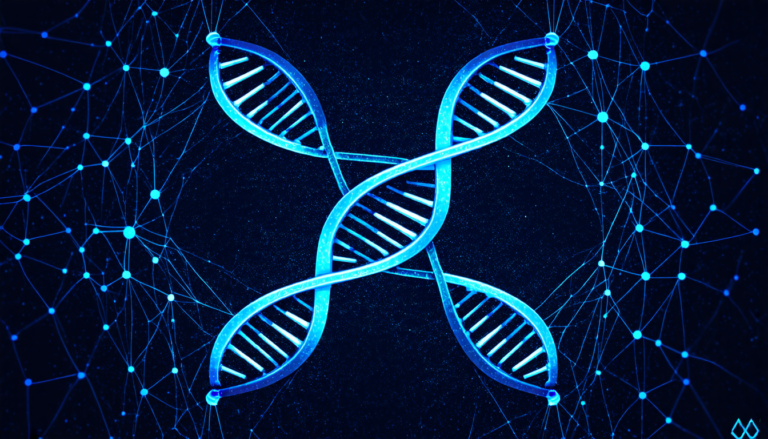Sunday 25 May 2025
Researchers have made a significant breakthrough in breast cancer detection, developing a new system that combines visual and clinical data to improve diagnosis accuracy. The team’s Multi-Modal Cancer Detection Network (MMDCNet) has been trained on two datasets, one containing ultrasound images of breasts and another with patient metadata such as age and density.
The study found that the MMDCNet outperformed traditional approaches by leveraging both image-based and textual features. When tested on a dataset of breast ultrasound images, the system achieved an accuracy rate of 97.05%, significantly higher than previous models.
The researchers also used the MMDCNet to analyze a dataset of mammography images, which are commonly used for breast cancer screening. In this case, the system was trained on both image and clinical data and achieved an accuracy rate of 90.87%. This is a significant improvement over traditional methods that rely solely on visual features.
The key innovation behind MMDCNet is its ability to fuse visual and clinical data in a way that enhances feature extraction and classification. The system uses attention mechanisms, which allow it to focus on specific regions of the image or patient metadata that are most relevant for diagnosis.
One of the biggest challenges in breast cancer detection is the complexity of mammography images, which can be noisy and contain subtle patterns. Traditional machine learning approaches often struggle with these issues, but MMDCNet’s multi-modal approach helps to overcome them.
The system’s performance has significant implications for breast cancer screening and diagnosis. It could potentially be used as a tool to help radiologists identify breast cancer earlier and more accurately, which would lead to better patient outcomes.
The researchers are now planning to refine the model and explore ways to integrate it with other medical imaging modalities, such as magnetic resonance imaging (MRI) or computed tomography (CT). They also aim to extend their approach to other types of cancers and diseases, where multi-modal data integration could be similarly beneficial.
Overall, the development of MMDCNet represents a significant step forward in breast cancer detection and diagnosis. Its ability to combine visual and clinical data could lead to improved accuracy and patient outcomes, and has the potential to make a real difference in the fight against this devastating disease.
Cite this article: “Breakthrough in Breast Cancer Detection: Multi-Modal Cancer Network Achieves High Accuracy Rate”, The Science Archive, 2025.
Breast Cancer Detection, Multi-Modal Data Integration, Machine Learning, Ultrasound Images, Patient Metadata, Mammography Images, Accuracy Rate, Attention Mechanisms, Breast Cancer Screening, Diagnosis.

